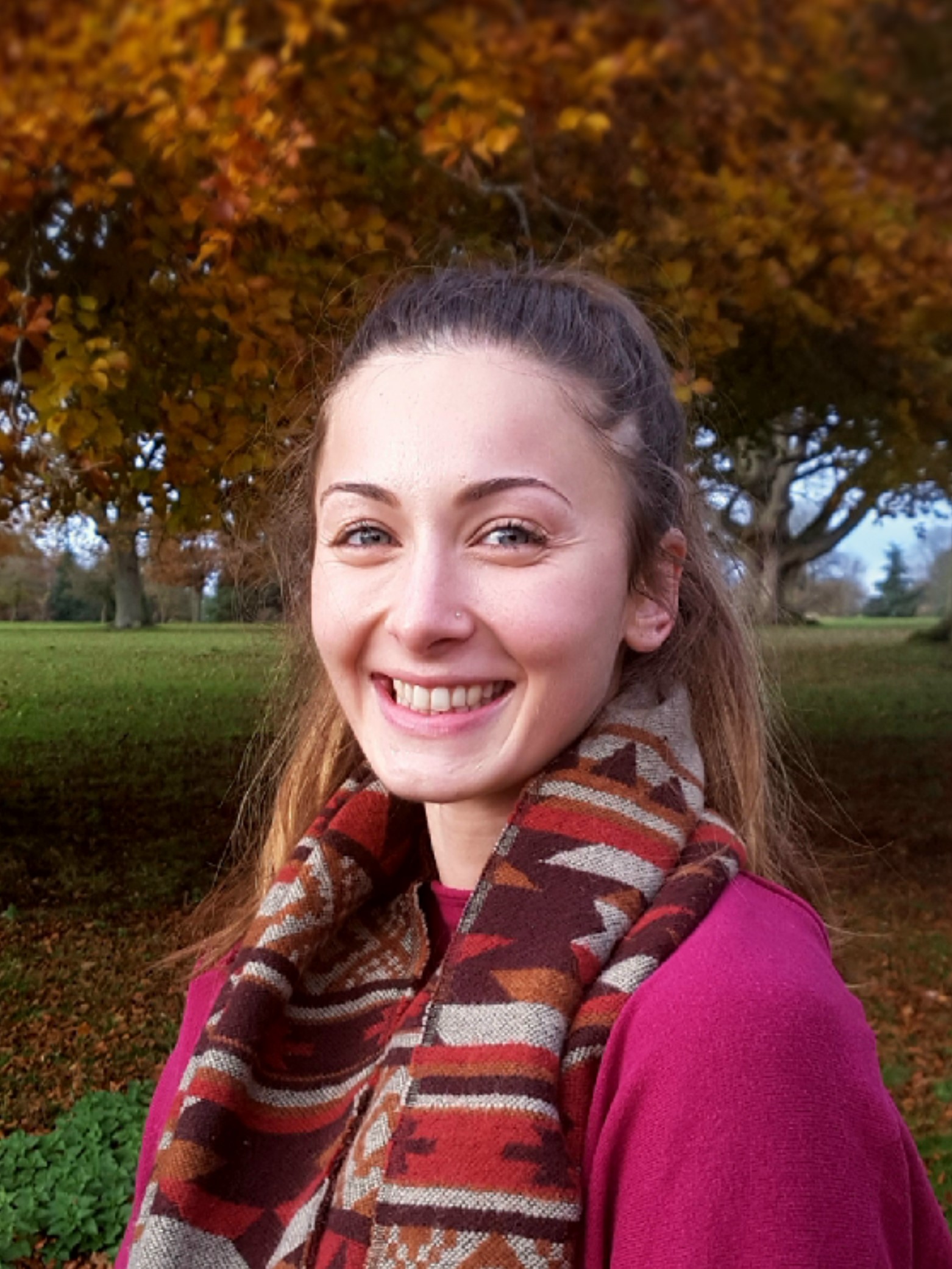



Zoetis briefs pig industry on Suvaxyn® PRRS MLV
Following its launch in January, Zoetis has released the results of a series of studies around the biological properties of Suvaxyn® PRRS MLV, an innovative vaccine containing a modified live European Porcine Reproductive and Respiratory Syndrome (PRRS) virus strainThe single-dose vaccine, which is based on a European PRRS virus strain and registered for use in the European Union, offers the earliest piglet vaccination from the first day of age, reducing viraemia and nasal shedding caused by infection with European strains of PRRS virus. Suvaxyn PRRS MLV is also approved for mass vaccination of sows and gilts.
To protect herds from PRRS, producers have traditionally vaccinated pigs around three to four weeks of age when maternal antibodies are typically low enough not to interfere with the vaccine’s ability to trigger the desired immune response. However, recent studies show that Suvaxyn PRRS MLV vaccine can overcome maternal immunity when given as early as one day of age, providing an early immune protection [2]. Likewise vaccination of seronegative animals was shown to provide immune protection that lasts until slaughter.
Dr Monica Balasch, Associate Director, Global Biologicals Research for Zoetis, said the ability to administer the vaccine from day one is a game-changer in the PRRS protection paradigm.
“Being able to vaccinate from day one helps bridge the gap in protection between the loss of maternal immunity at three to four weeks of age and the onset of active immunity, which was demonstrated four weeks after the vaccine is given,” she explained.
“The vaccine used in this study demonstrated a significant protective effect when administered as early as day one, indicating that its efficacy was not affected by maternally derived immunity. By having immunity in place by the time pigs are weaned, producers can better protect against early PRRS infection.”
According to Dr Balasch, the MLV vaccine (id est, Suvaxyn PRRS MLV) used in this study is currently the only one authorised for use from day one in Europe, owing to its proven safety and efficacy in very young piglets [3]. However, she added, earlier protection does not have to mean leaving pigs vulnerable later in life, when they are at peak economic value.
She said that a single dose of Suvaxyn PRRS MLV vaccine administered at one day of age was shown to confer a duration of immunity of 26 weeks, ensuring protection all the way to slaughter [4].
“The ability to protect pigs against PRRS very early in life up to slaughter with a single injection, combined with the vaccine’s proven safety, represent important advantages in PRRS management.”
About Porcine Reproductive and Respiratory Syndrome (PRRS)
This viral pig disease is very costly for the swine industry in most countries in the world. It causes reproductive losses, lowered farrowing (birth) rates, increase in abortions, stillbirth, mummified fetal pigs, as well as weak live-born piglets, and deaths. It also causes respiratory disease in pigs, impacting growth performance and is often complicated with other bacterial and viral co-infections.
[1] Data on file, study reports B820W-ES-17-725 and B820W-ES-17-726, Zoetis Inc.
[2] Fort M et al. “Vaccination of 1-day-old pigs with a Porcine Reproductive and Respiratory Syndrome Virus (PRRSV) modified live attenuated vaccine is able to overcome maternal immunity.” ESPHM 2018 Abstract Book.
[3] https://pighealthtoday.com/modified-live-vaccines-by-far-most-effective-tool-for-combatting-prrsv/
[4] Fort M et al. “Vaccination of 1-day-old pigs with a PRRSV modified live attenuated vaccine confers protection until slaughter.” ESPHM 2018 Abstract Book.










